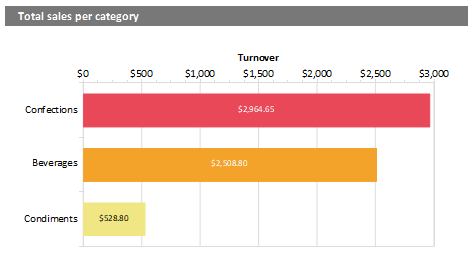
The report parameters allow for the parameterization of reports; i.e. the result of the output can be influenced. This allows e.g. a date range to be selected or only certain invoice numbers to be printed.
This functionality can also be used to create drill-down reports. For more information, see chapter Drilldown Reports (Increase Detail Level)
Tip: The availability of this chart depends on the application.
Parameters can be defined via Project > Report Parameters.
|
Property |
Description |
Value |
Description | |
|
Name |
Name of the report parameter |
Text |
| |
|
Depending on |
Report parameter with data source which this parameter is implicitly depending on. The 'parent' parameter must preceed the depending parameter in the report parameter list. |
Text |
| |
|
Available Values |
Source for the possible values of the parameter |
|
From Data Source From Predefined Values Manual Input | |
|
|
Data Source |
(From Data Source) The name of the data source for the values. |
|
|
|
|
Filed for Value |
(From Data Source) Field selection for the parameter value for usage in formulas or filters. |
|
|
|
|
Sort Order |
(From Data Source) The desired sort order of the data. |
|
|
|
|
Data Filter |
(From Data Source) Undesired selection values can be filtered with this function. |
True False Formula |
Yes No Formula wizard |
|
|
Type |
(From Predefined Values)+(Manual Input) Value type of the parameter. |
|
Boolean Date Numeric Text |
|
|
Values |
(From Predefined Values) Please enter the available values here. |
|
List |
|
|
Format |
(From Data Source)+(From Predefined Values) |
|
|
|
|
Displayed Value |
(From Data Source)+(From Predefined Values) Formula for displaying the value in the selection list. If the formula is empty, the value will be displayed directly. |
|
Formula wizard |
|
|
Validation Expression |
(Manual Input) Regular expression for validation of the entry.. |
|
Formula wizard |
|
Default |
Use all possible values or particular values as default?, e.g.. Year(Now()), Year(Now())-1. |
True False |
All Values | |
|
May Be 'Null' |
True False |
Yes No | ||
|
May Be Empty |
True False |
Yes No | ||
|
Support Multi Selection |
Enable multi selection. |
True False |
Yes No | |
|
Apply immediately |
Changes to this report parameter are applied immediately without pressing the button to recreate. |
True False |
Yes No | |
|
Control Type |
Type of the control for entering the parameter. |
|
Boolean (True/False) Boolean (Yes/No) Date Date with Time Text | |
|
Description |
Description text for the parameter. The text will be used as label for the input control of the parameter. |
Text |
Formula wizard | |
|
Help Text |
This text appears in various locations, for example in the variables/fields list and as tooltip help text of the control. |
Text |
| |
|
Visible |
The parameter is visible in the preview. |
True False Formula |
Yes No Formula wizard | |
Example: Filtering a report according to category and date in the preview.
To do so, proceed as follows:
1. What we have is product statistics spanning multiple product groups and years:

Figure 9.9: Sample-Report "Different chart types"
2. Now add the parameters at Project > Report Parameters. Give distinctive names, e.g. "Categories". The "@" character is automatically appended to the front of the name. For "Available Values", select "From Data Source" and the data source "Categories" with the field "CategoryID".
3. For the remaining report parameters "StartDate" and "EndDate", select "Manual Input" for "Available Values". Choose "Date" for "Type" and "Control Type" and give them a distinctive name, e.g. "StartDate" and "EndDate".
Set the 'Apply immediately' property to 'Yes' for all report parameters. As soon as a parameter that has this property set is changed, the report is automatically re-rendered immediately. This eliminates the need to manually click the refresh button to see the changes.
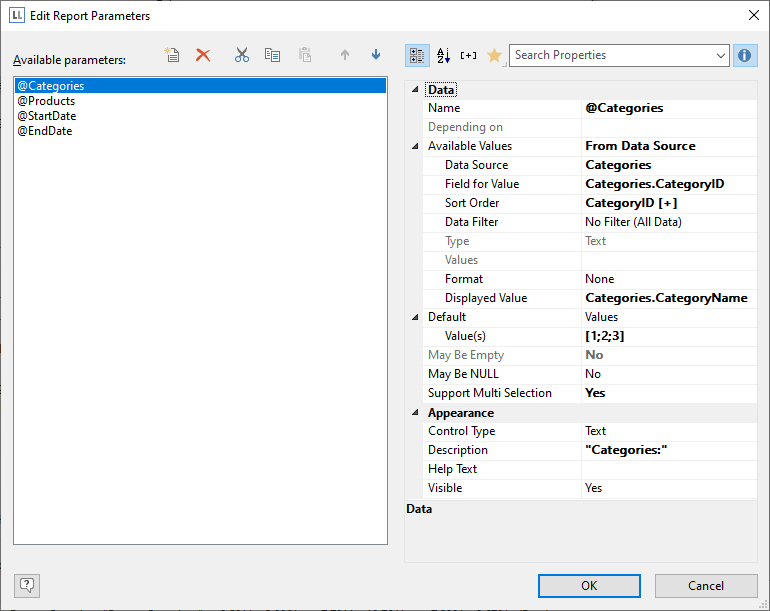
Figure 9.10: List of Report Parameters
4. You can now define yet another parameter — in the example above e.g. a "Products" parameter that is dependent on the selection in "Categories". Select the corresponding parameter via the property "Depending on". After doing so, for the second parameter "Products", only those values that also match the selected first parameter will be available.
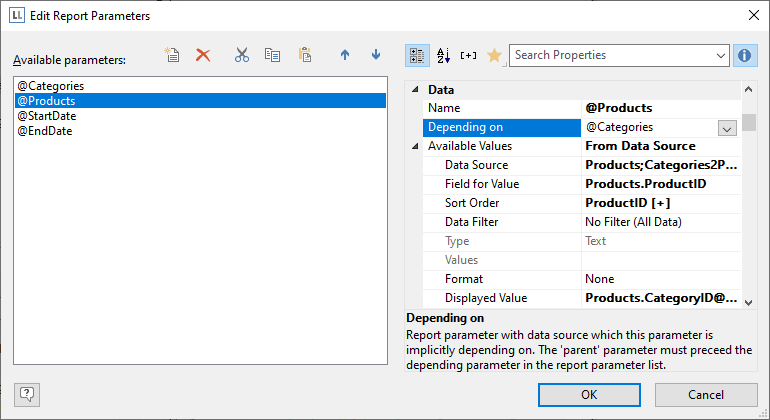
Figure 9.11: Definition of a dependent Report Parameter
5. The parameters are now available in the variable/field list.
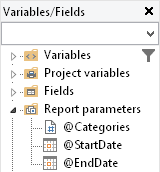
Figure 9.12: Parameters in the variable/field list.
6. Under the property "Filter" in the chart object, now define the corresponding formula for the constraints on the data. The parameters are available in the variable/field list.
Pay attention to the notes in section 7.2 Filter.
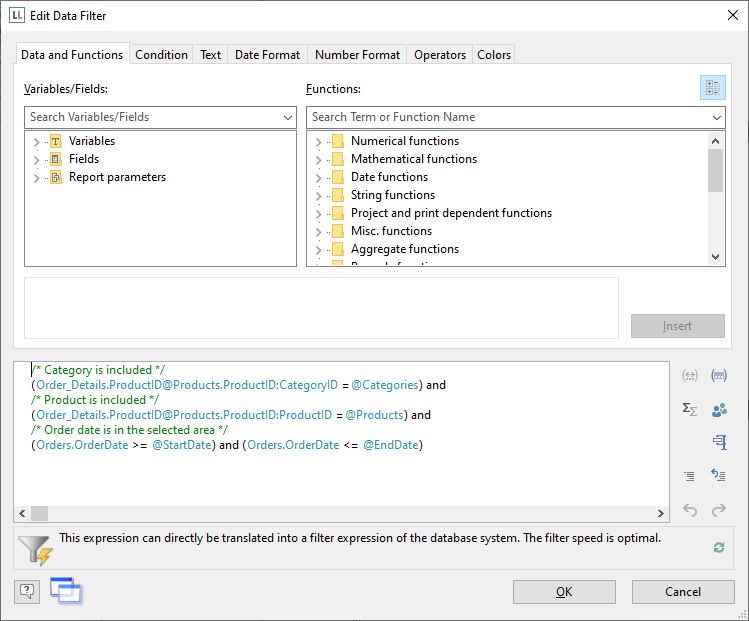
Figure 9.13: Report Parameters in the Variables-/Field-List and Formula for the Filter
7. When printing to preview, the parameters can then be configured as desired - the report will be filtered according to categories and date:

Figure 9.14: Filtered Report
8. If you are not printing to preview, but instead e.g. to a PDF file, the parameter selection will appear as a dialog before printing.

Figure 9.15: Report Parameter Selection in the export